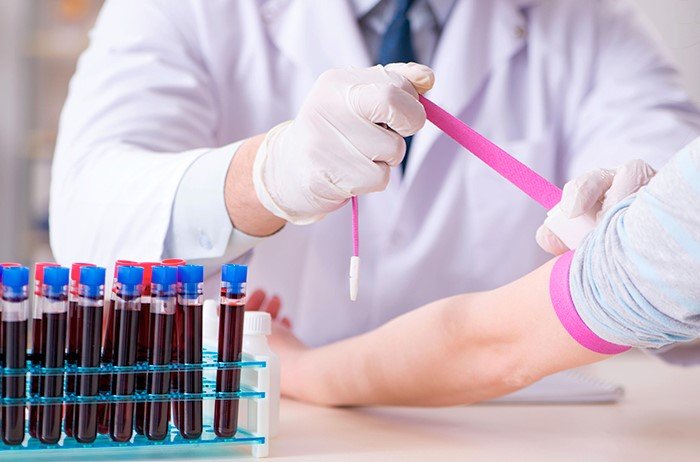Disposal of Used Phlebotomy Equipment in Hospitals: Regulations, Guidelines, and Best Practices
Summary
- Hospitals in the United States must follow strict Regulations and guidelines for the disposal of used Phlebotomy Equipment to ensure the safety of patients, healthcare workers, and the environment.
- The disposal of used Phlebotomy Equipment is regulated by federal agencies such as the FDA, EPA, and OSHA, as well as state and local health departments.
- Hospitals must have proper protocols in place for the Proper Disposal of used Phlebotomy Equipment, including segregation, packaging, labeling, and tracking of waste streams.
Introduction
Hospitals in the United States generate a significant amount of waste, including used Phlebotomy Equipment. The disposal of this equipment must be done in accordance with strict Regulations and guidelines to protect patients, healthcare workers, and the environment. In this article, we will discuss the current Regulations and guidelines for the disposal of used Phlebotomy Equipment in hospitals.
Regulations and Guidelines
Federal Regulations
The disposal of used Phlebotomy Equipment is regulated by several federal agencies, including the Food and Drug Administration (FDA), Environmental Protection Agency (EPA), and Occupational Safety and Health Administration (OSHA). These agencies have established guidelines to ensure the safe and Proper Disposal of medical waste.
State and Local Regulations
In addition to federal Regulations, hospitals must also comply with state and local Regulations regarding the disposal of medical waste, including used Phlebotomy Equipment. These Regulations may vary by state and locality, so it is important for hospitals to be aware of and follow the specific guidelines in their area.
Protocols for Disposal
Hospitals must have proper protocols in place for the disposal of used Phlebotomy Equipment. These protocols typically include:
- Segregation: Used Phlebotomy Equipment should be separated from other types of medical waste to prevent contamination and ensure Proper Disposal.
- Packaging: Waste should be properly packaged in leak-proof containers to prevent spills and exposure to healthcare workers.
- Labeling: Containers should be clearly labeled as medical waste to alert staff to the potential hazards.
- Tracking: Hospitals should maintain records of the disposal of medical waste, including used Phlebotomy Equipment, to ensure compliance with Regulations.
Training and Education
Healthcare workers who handle medical waste, including used Phlebotomy Equipment, should receive proper training and education on the protocols for disposal. This training should include information on the potential hazards of medical waste and the proper procedures for handling and disposing of it safely.
Best Practices
Use of Disposable Equipment
One of the best practices for the disposal of used Phlebotomy Equipment is to use disposable equipment whenever possible. Disposable equipment reduces the risk of contamination and makes disposal easier and more efficient.
Regular Audits and Inspections
Hospitals should conduct regular audits and inspections of their medical waste disposal practices to ensure compliance with Regulations. These audits can help identify any areas of non-compliance and address them promptly.
Collaboration with Waste Management Companies
Hospitals can also benefit from collaborating with waste management companies that specialize in the disposal of medical waste, including used Phlebotomy Equipment. These companies can provide expertise and assistance in developing and implementing effective waste disposal protocols.
Conclusion
The Proper Disposal of used Phlebotomy Equipment is essential for the safety of patients, healthcare workers, and the environment. Hospitals in the United States must comply with strict Regulations and guidelines established by federal, state, and local agencies to ensure the safe and Proper Disposal of medical waste. By following best practices and working with waste management companies, hospitals can effectively manage the disposal of used Phlebotomy Equipment and protect public health.

Disclaimer: The content provided on this blog is for informational purposes only, reflecting the personal opinions and insights of the author(s) on the topics. The information provided should not be used for diagnosing or treating a health problem or disease, and those seeking personal medical advice should consult with a licensed physician. Always seek the advice of your doctor or other qualified health provider regarding a medical condition. Never disregard professional medical advice or delay in seeking it because of something you have read on this website. If you think you may have a medical emergency, call 911 or go to the nearest emergency room immediately. No physician-patient relationship is created by this web site or its use. No contributors to this web site make any representations, express or implied, with respect to the information provided herein or to its use. While we strive to share accurate and up-to-date information, we cannot guarantee the completeness, reliability, or accuracy of the content. The blog may also include links to external websites and resources for the convenience of our readers. Please note that linking to other sites does not imply endorsement of their content, practices, or services by us. Readers should use their discretion and judgment while exploring any external links and resources mentioned on this blog.
